Farm in Puerto Rico leading effort to evaluate production yields, economics
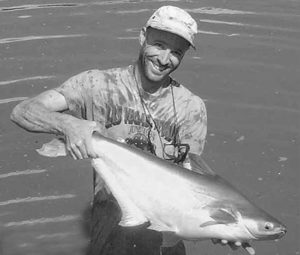
Catfish of the genus Pangasius have been cultured as food in Southeast Asia for many years. One species in particular, P. hypophthalmus, now commonly known as the basa catfish, has proven very adaptable for intensive production. Native to the Mekong River in Vietnam, it has been introduced throughout the region as an aquaculture species.
In the past, production was limited because techniques to reproduce the fish in captivity were not refined or widely applied. Fingerlings were collected from the wild and transferred to ponds or cages for grow-out. But since 1997, the production of basa catfish in Vietnam increased greatly due to the application of hormone spawning techniques for controlled reproduction and the development of international markets. Basa’s aquaculture potential in tropical regions of the world outside Asia – including tropical America – appears excellent.
Grow-out potential
Until now, there have been no efforts to produce basa catfish as a food product in the Western Hemisphere. However, their production as an ornamental species for the aquarium trade takes place in Florida, USA, and Puerto Rico, where the fish are sold at a small size and marketed as iridescent or mystic sharks.
While the grow-out potential in Florida is limited by low temperature during the winter months, conditions in Puerto Rico are favorable for year-round production. This has led to a growing interest in establishing aquaculture of basa catfish on the island. The Caribe Fisheries Inc. basa farm, located in western Puerto Rico, is leading the effort to evaluate production yields and economics.
Biology and culture
The basa catfish is a tropical species native to large rivers in Vietnam. It belongs to the Pangasiidae family of the order Siluriformes, which includes all catfish. Females are larger than males. Basa reach sexual maturity at 2 to 3 years of age and grow to 4.5 to 6.8 kg.
Spawning and hatching
In nature, the fish are seasonal spawners during the warmer months. In Puerto Rico, the fish can be spawned from June through September when water temperatures are above 24 degrees-C. Individuals may be induced to spawn more than once during this time. Females produce around 100,000 ova per kilogram. At the time of ovulation, the eggs are about 1 mm in diameter.
The release of eggs and sperm can be induced by injection of gonado-tropin-releasing hormone or human chorionic gonadotropin. Eggs are dry stripped from females and mixed with milt from males. Water is added to induce fertilization. The eggs are dispersed over spawning mats in hatching tanks and are highly adhesive.
Hatching occurs in 22 to 24 hours at 24 to 27 degrees-C. Hatching percentages range 20 to 80 percent, depending on egg quality and fertilization rate.
Fingerling production
Larvae are free-swimming and begin feeding on artemia or similar live food within 36 hours. Cannibalism can be significant if adequate food is not provided. Fry grow rapidly and can be weaned to powdered feed after around 10 days.
Production of fingerlings to larger sizes can be accomplished by stocking in nursery ponds with established zooplankton populations or by continued rearing in tanks. Grading of the juveniles is recommended to remove larger individuals. Fingerlings can reach lengths of 4 to 6 cm by 40 days posthatch.
Growout
In Vietnam, basa catfish are cultured in large floating cages in rivers or stocked in earthen ponds. Fed prepared diets, the fish reach a harvest size of around 1.5 kg in six to eight months.
Fingerlings weighing 50 to 100 grams are stocked into cages at a density of 5 to 10 kilogram per cubic meter. Yields from cages average 81.2 kg per cubic meter per year, but up to 170kilogram per cubic meter has been reported. In ponds, fingerlings are stocked at around 3,000 kg per hectare with yields ranging 20 to 100 metric tons (MT) per hectare per year.
In Puerto Rico, initial production trials in ponds resulted in excellent growth and feed conversion, and suggested that with additional experience and refinements, yields similar to those reported in Vietnam can be achieved.
Issues
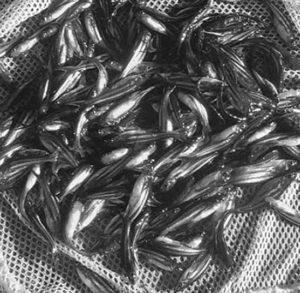
The impact of the increased production and export of basa catfish from Vietnam is an interesting example of how global economics can affect regional production of similar products. After the United States signed a free trade agreement with Vietnam, seafood buyers began bringing quantities of Vietnamese catfish fillets to the U.S. market. Because of their lower cost and similarity to domestic catfish products, basa imports increased rapidly. By 2001, they reached 7.8 million kg, nearly 20 percent of the U.S. market for frozen catfish fillets.
Because catfish farming is an important and successful aquaculture business in many southern states, U.S. farmers became concerned about the growing trend and concomitant drop in prices paid for their domestic fish. As a result of intense lobbying and political pressure by catfish producer organizations, the U.S. Congress passed a resolution dictating that the only seafood products that could be labeled and sold as “catfish” in the United States had to be of the native species, belonging to the family Ictaluridae.
The U.S. catfish farmers also filed an antidumping suit against Vietnam with the U.S. Department of Commerce in 2002. The resulting ruling added significant import tariffs to the imported catfish. While many people in the United States and Vietnam felt these actions were unfair and a violation of the free trade agreement, the actions taken by the U.S. government and the catfish farmers to protect domestic producers continue to be enforced.
Ironically, despite higher prices and continued efforts to criticize the Vietnamese product, the publicity generated by the controversy and continued consumer demand have actually helped importers of basa catfish maintain U.S. sales. In an attempt to accommodate production that reached over 114,000 MT in 2001, catfish processors in Vietnam developed over 30 value-added products made from basa catfish and boosted domestic consumption while continuing to export their products to over 20 countries throughout the world.
Conclusion
The basa catfish is an aquaculture success story that grew quickly from being a regional product to impacting markets on an international scale. The extent to which aquaculture of basa catfish will be developed in tropical regions of the Western hemisphere remains to been seen. If and when this occurs, it is likely that additional controversy regarding the species, especially as related to markets in the United States, will follow.
(Editor’s Note: This article was originally published in the April 2004 print edition of the Global Aquaculture Advocate.)
Now that you've reached the end of the article ...
… please consider supporting GSA’s mission to advance responsible seafood practices through education, advocacy and third-party assurances. The Advocate aims to document the evolution of responsible seafood practices and share the expansive knowledge of our vast network of contributors.
By becoming a Global Seafood Alliance member, you’re ensuring that all of the pre-competitive work we do through member benefits, resources and events can continue. Individual membership costs just $50 a year.
Not a GSA member? Join us.
Author
-
Michael V. McGee, Ph.D.
Caribe Fisheries Inc.
HC 4 Box 22972
Lajas, Puerto Rico 00667[116,101,110,46,105,117,113,111,99,64,101,101,103,99,109,118,109]
Tagged With
Related Posts
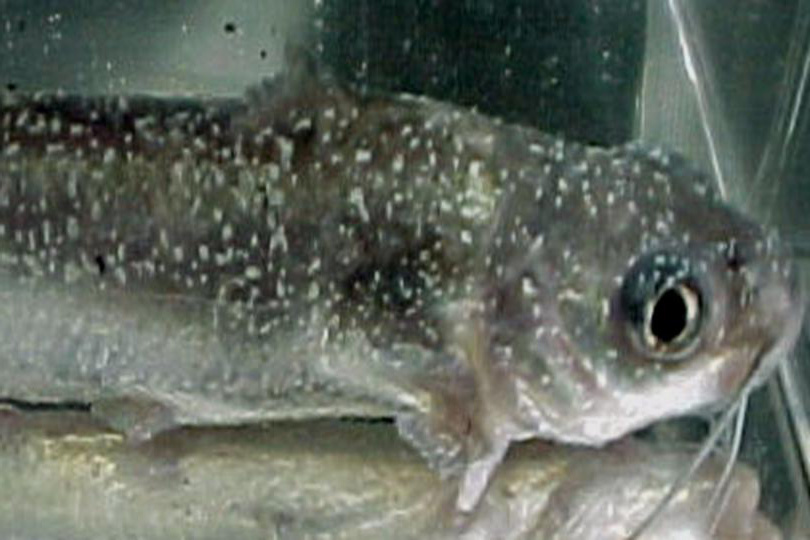
Health & Welfare
Antigens provide immunity against ich in channel catfish trials
Vaccination against the Ich parasite is an alternative to chemical treatment. Fish develop a humoral immune response to trophont antigens, with the degree of protection related to the immunizing doses of trophonts used.
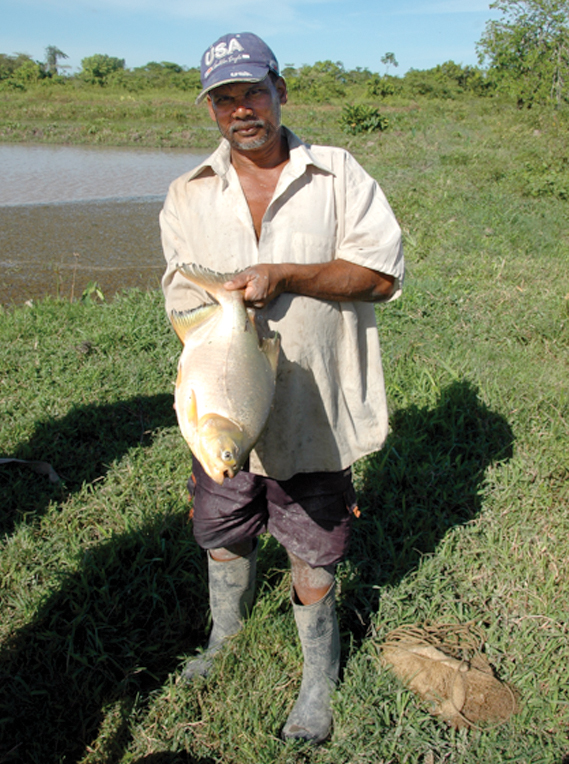
Health & Welfare
A look at aquaculture in Guyana
With its large quantities of water and little industry to pollute it, Guyana has the potential to become a greater player in global aquaculture.
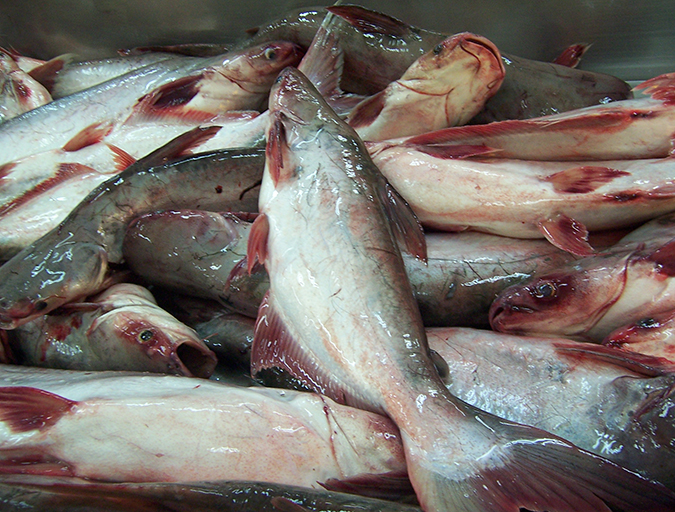
Intelligence
Risk v. hazard: A dispassionate look at pangasius
Vietnam’s pangasius industry captivated the global seafood industry, environmental organizations and the mass media. A scientific look at harmful substances detected in exported fillets and the reporting of the associated health risks through the media finds wide disparities.
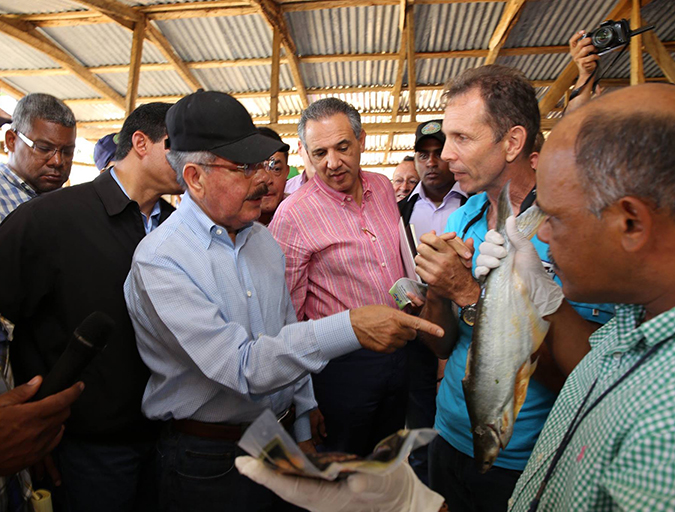
Innovation & Investment
Caribbean producer aims to make a name for sutchi
Pangasius farmed in the Dominican Republic? True story. Value Aquaculture, with partners hailing from Germany and Chile, is trying to get U.S. buyers to take a fresh look at the Mekong catfish species.


